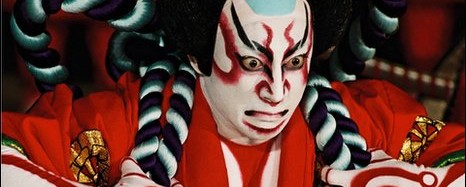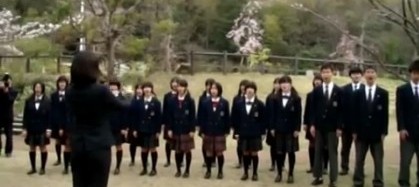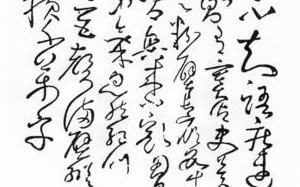By hasmik on Jun 28, 2014



By hasmik on Jun 28, 2014
Peace memorial was erected In Yerevan sy...
6/28/14 YEREVAN, on JUNE 25, Armenpress: 69 years later of Hiroshima atomic bombing on June 25, 2014 peace memorial-stone was placed in Yerevan municipality children park symbolizing that tragedy. According to «Armenpress» report, memorial-stone reminds us about the peace importance and symbolic step towards the Armenian-Japanese relations. The solemn ceremony opening of memorial-stone was attended by the senior officials from the Armenian legislative and executive bodies, from Japan delegation and representatives of Yerevan municipality. Greating the participants,...
By hasmik on Jun 27, 2014
Ukiyo-e Japanese wood carving exhibition...
Today on November 8, the National Gallery of Armenia for the second time opened Ukiyo-e wood carving exhibition. First time such an exhibition was organized in 1994. During the exhibition over 40 works were represented which had been created in the 19th century. It will last about a month. Exhibition partners are the Armenian-Japanese “Hikari” scientific center and Armenian representative of “JT International Luxembourg SA ” company. The exhibition opening ceremony was attended by Cikakhito Harada, the Russian Federation extraordinary and plenipotentiary ambassador...

By hasmik on Jun 27, 2014
Kabuki
Kabuki (歌舞伎) is Japanese traditional theater; its roots go back to the Edo era. It has been recognized as one of Japan’s three classic theaters; among them there are nohe and bunrakun. Kabuki was included in the UNESCO-’s intangible cultural heritage list. Kabuki is a way to bring art to the people. It covers detailed designed clothes, attractive makeup, unusual wigs, and the most important part is the actors exaggerated game. Early thought movements need for rendering the audience the meaning of the performance: it is very important because during the...

By hasmik on Jun 27, 2014
Japanese Choir Sings Ode to Armenia
Was sent by Liana Aghajanyan on March 23, 2011 During the days following the devastating earthquake, an earthquake that has struck the coast of Japan, there appeared in YouTube a video of Japanese choir singing in Armenian the song “Yerevan darzaz im Erebouni”. The Armenians of the whole world, that were impressed by the astonishing multicultural performance of the choir, gladly shared the video in social networks such as Facebook and Twitter and sent good wishes to the Japanese during their hard times. During this video, which lasts for two minutes, a school choir...

By hasmik on Jun 27, 2014
Japanese culture
Japanese culture was originated from historical times. It was gone Asian, European and the North American influences. Traditional Japanese culture includes ceramics, making dolls and swords, bonraku, kabuki, playing new theatrical performances, dances, rakugo (when there is only one person on the stage and tells comic story). Tea-drinking ceremony, ikebana, military art, calligraphy, origami and onsen (resorts built near the natural resources), geishas are also considered to be the part of the Japanese culture. Beginning from the 20th century the animen and mangan were...

By hasmik on Jun 27, 2014







